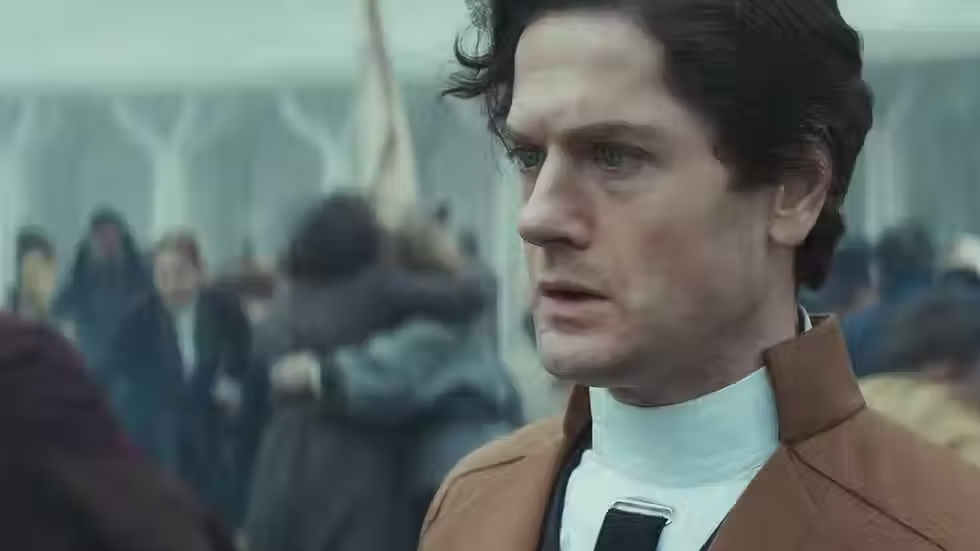Review: A Silent Voice and Mothra
- ogradyfilm
- Dec 2, 2018
- 2 min read

Saturday: Went to Village East Cinema for a screening of A Silent Voice, an animated adaptation of a popular manga series about a suicidal former bully who, after being forgiven by a deaf girl he tormented in middle school, decides to keep on living with the aim of becoming a better person. While it does occasionally stray into the territory of sappy romance (a genre that, I must admit, is a definite guilty pleasure of mine), it eventually transitions into a much more poignant meditation on the nature of redemption. Do we seek atonement for the sake of those we’ve wronged, or out of a selfish desire to assuage our own guilt? And can our actions in the present ever truly wash away past sins? Director Naoko Yamada’s determination to cram all sixty-two chapters of the source material into 130 minutes occasionally makes the film feel bloated and unfocused, but because she uses that screen time to flesh out the characters and themes, every second is ultimately worthwhile. It’s no Spirited Away, 5 Centimeters Per Second, or The Girl Who Leapt Through Time, but A Silent Voice is an entertaining drama in its own right, and I’d happily recommend it to any serious anime fan.

Sunday: Ventured out to Film Forum to see the original Mothra for the first time. If Ishiro Honda, who worked with Akira Kurosawa and championed the power of science fiction as social allegory, harbored any measure of resentment over having to direct what is essentially a fairytale for children, it certainly doesn’t show; he and frequent collaborator Eiji Tsuburaya craft another bonafide kaiju classic that is all the more endearing for its optimism and innocence. True, it’s transparently derivative at times—the overarching plot (a greedy showman exploits the indigenous population of a remote island, leading to disaster) owes a lot to King Kong, and the colorful cinematography and numerous musical numbers seem to support guest speaker/Honda biographer Steve Ryfle’s assertion that Toho was attempting to emulate Disney’s contemporary live action efforts—but it gradually develops a style and voice that’s all its own. Surprisingly, the movie’s sense of humor ends up being its greatest asset: the primary comedic relief, a bumbling but tenacious reporter, tempers his slapstick antics with a few genuinely heroic moments (even he’s shocked at how handy he is in a fistfight), and Takashi Shimura’s delightfully gruff newspaper editor lights up the screen every time he appears. Although the visual effects are somewhat dated (the tanks are clearly being driven by toy soldiers), they hearken back to a simpler era, when audiences, unspoiled by advances in CGI technology, were more willing to suspend their disbelief and embrace the hand-crafted authenticity of models, miniatures, puppets, and men in rubber costumes.
All in all, it was a fun weekend at the movies. Now, back to work…
[Originally written October 22, 2017.]





Comments